spider plants don't thrive
demoiselle
12 years ago
Featured Answer
Sort by:Oldest
Comments (21)
jean001a
12 years agolast modified: 9 years agogoddess9
12 years agolast modified: 9 years agoRelated Professionals
Tempe Landscape Architects & Landscape Designers · Camas Landscape Architects & Landscape Designers · Graham Landscape Architects & Landscape Designers · Otsego Landscape Architects & Landscape Designers · Milford Landscape Contractors · Anderson Landscape Contractors · Braintree Landscape Contractors · Cockeysville Landscape Contractors · Eagle Landscape Contractors · Edwardsville Landscape Contractors · Hollywood Landscape Contractors · Melrose Landscape Contractors · Red Oak Landscape Contractors · West Orange Landscape Contractors · Wilton Landscape Contractorsbirdsnblooms
12 years agolast modified: 9 years agotapla (mid-Michigan, USDA z5b-6a)
12 years agolast modified: 9 years agodemoiselle
12 years agolast modified: 9 years agopirate_girl
12 years agolast modified: 9 years agoTiffany, purpleinopp Z8b Opp, AL
12 years agodemoiselle
12 years agolast modified: 9 years agoTiffany, purpleinopp Z8b Opp, AL
12 years agobirdsnblooms
12 years agolast modified: 9 years agodemoiselle
12 years agolast modified: 9 years agoelichka
12 years agolast modified: 9 years agotapla (mid-Michigan, USDA z5b-6a)
12 years agolast modified: 9 years agoelichka
12 years agolast modified: 9 years agotapla (mid-Michigan, USDA z5b-6a)
12 years agolast modified: 9 years agodemoiselle
12 years agolast modified: 9 years agodemoiselle
12 years agolast modified: 9 years agotapla (mid-Michigan, USDA z5b-6a)
12 years agolast modified: 9 years agoelichka
12 years agolast modified: 9 years agoterrene
12 years agolast modified: 9 years ago
Related Stories

COASTAL STYLEHow to Make Your Oceanfront Garden Thrive
You may love the beach, but many plants don't. Learn which ones are best for your warm-weather oceanside garden getaway
Full Story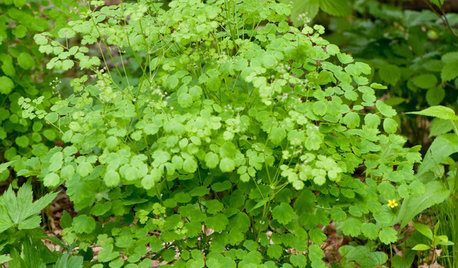
GARDENING GUIDESGreat Design Plant: Thalictrum Dioicum Thrives in Dry Shade
Plant early meadow-rue in eastern U.S. woodland gardens for its tolerance of dry sites and shade
Full Story
GARDENING GUIDESPrunus Virginiana Thrives Under Deciduous Trees
Plant chokecherry for showy white flowers favored by native bees in spring, and to provide nesting habitat and food for birds
Full Story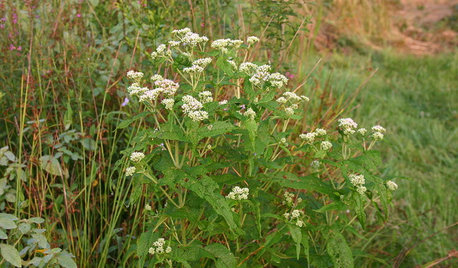
GARDENING GUIDESGreat Design Plant: Common Boneset Helps Good Bugs Thrive
Support bees, moths and butterflies with the nectar of this low-maintenance, versatile and tactile prairie-style plant
Full Story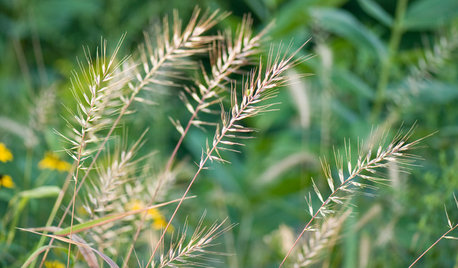
GARDENING GUIDESGreat Design Plant: Elymus Hystrix Thrives in Shade
Plant eastern bottlebrush grass in eastern U.S. woodlands or shade gardens for midsummer flower heads and blue-gray arching grass blades
Full Story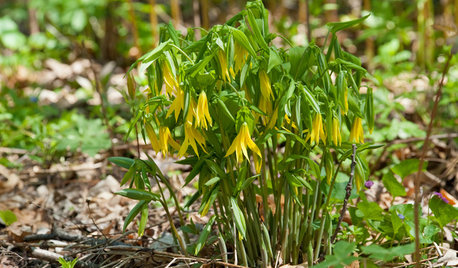
GARDENING GUIDESGreat Design Plant: Uvularia Grandiflora Thrives in Shade Gardens
Plant largeflower bellwort in eastern U.S. woodland gardens for its nodding, twisted yellow flowers in spring
Full Story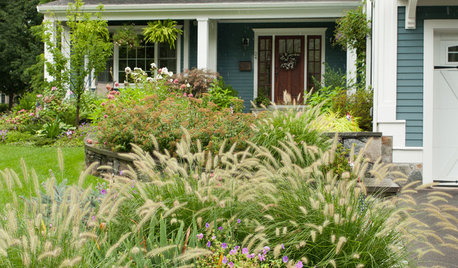
LANDSCAPE DESIGNGreat Design Plant: Lively Fountain Grass Thrives Just About Anywhere
Enjoy fountain grass for its exuberant form, long-lasting color and texture for borders and more
Full Story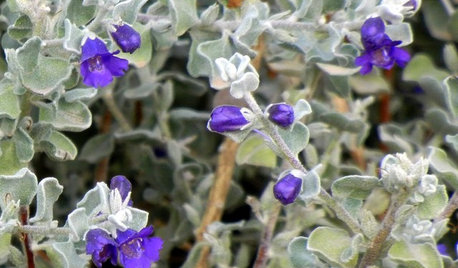
GARDENING GUIDESGreat Design Plant: Violet Silverleaf Thrives on Scant Water
Purple flowers transform silvery, sun-loving Leucophyllum candidum, while its easy care may change your gardening routine
Full Story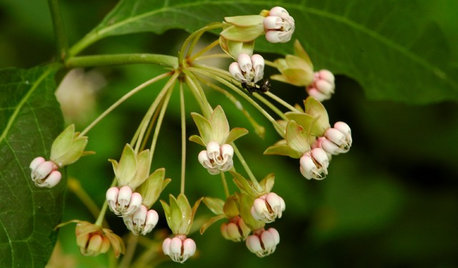
GARDENING GUIDES5 Unsung Wildflowers That Thrive in Dry Shade
Turn shady problem spots into garden idylls with with these prolific, easy-care bloomers
Full Story
GARDENING GUIDES10 Drought-Tolerant Shrubs That Thrive in Full Sun and Reflected Heat
Got a hot spot in your garden where plants often die? Try these tough shrubs that add beauty while shrugging off the heat
Full StoryMore Discussions








elichka